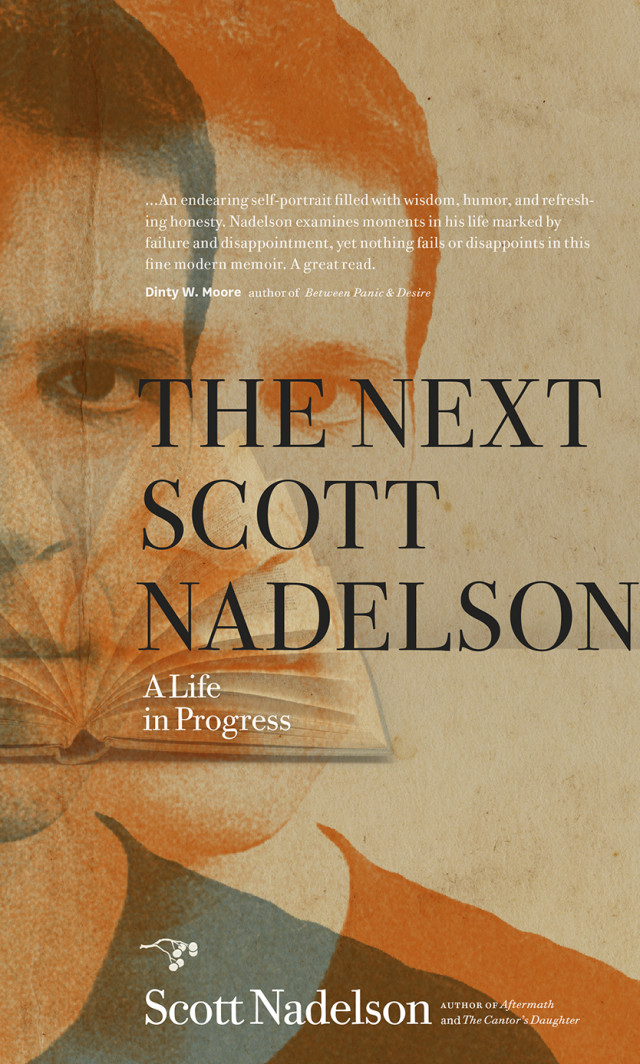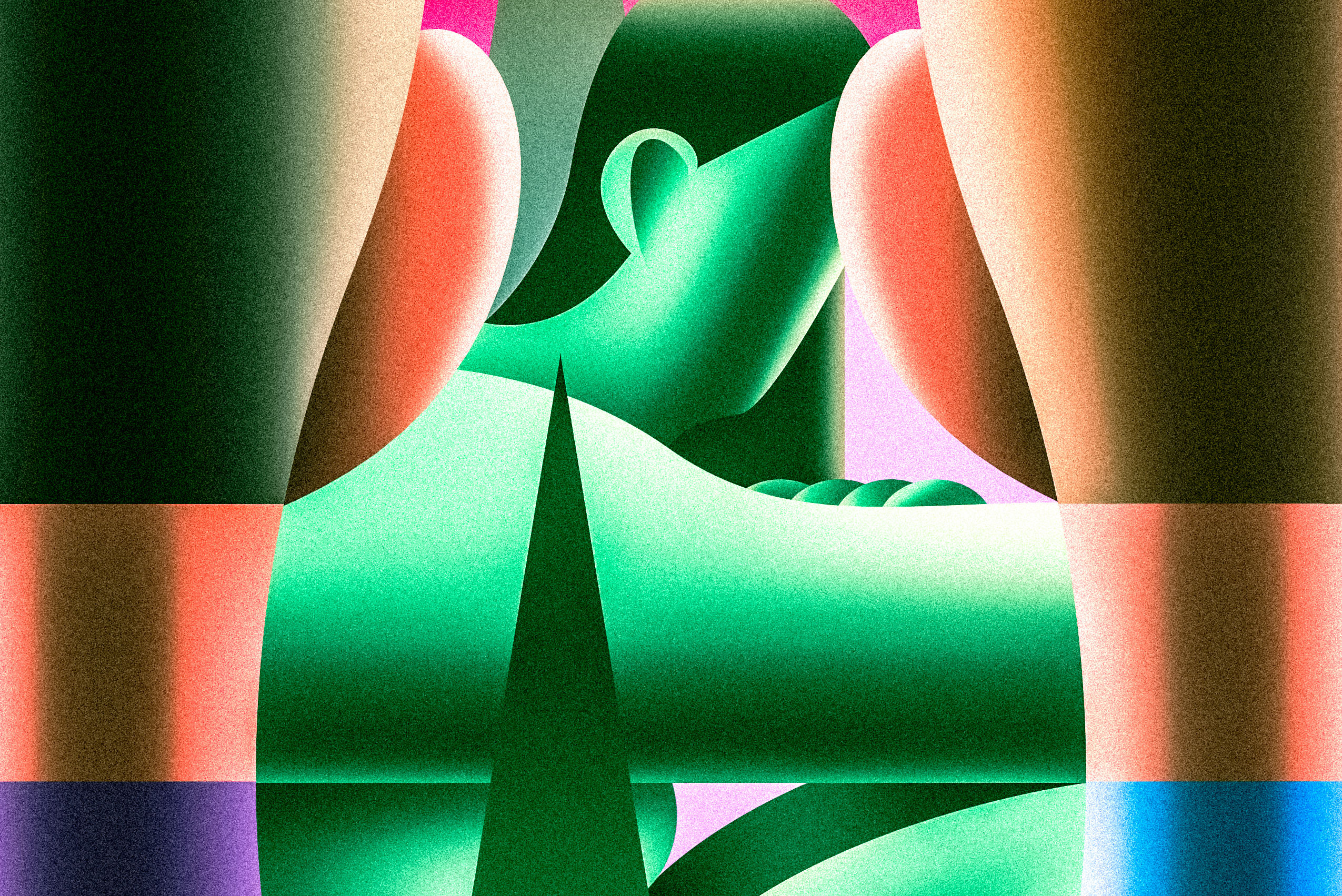Review: 'The Next Scott Nadelson'

A creative writing professor at Willamette University, and author of The Cantor’s Daughter and Aftermath, Nadelson turns his narrative lens inward at the agonizingly unmoored two years that followed his fiancée leaving him a month before their wedding. In addition to having to navigate his newfound loneliness, his cat gets fatally ill, his students aren’t connecting with him, and his attempts at dating again yield nothing at best. (In one instance, an aspiring writer he pegs as someone he could really, finally hit it off with uses their date as a means to get in with Nadelson’s publisher.) He also tells stories of his youth, about his pariah-turned-popular friend from Jewish sleep-away camp, the strange responses he and his high school peers had to the yearly deaths of their classmates, and his quintessentially Kafka- and acid-aided discovery of the “shaky and porous” nature of reality in college. With these memories, he makes sense of his suffering and finds in them wisdom, if not dignity.
“In the fall, I was drunk most weekends but sober during the week. My students made fun of my wrinkled shirt and bloodshot eyes. They turned in stories with beautiful, transformative moments. Unrealistic, I wrote on their drafts. Reads like fantasy, like fairy-tale.”
Nadelson’s darkest moments repeatedly coincide with self-discovery and growth, reminding anyone who has been miserable that it’s never all for naught. But the gravity of it all is balanced out by the humor that often goes hand-in-hand with the kind of rawness and self-deprecation Nadelson injects into his work. In a scene where the then high school senior thinks he might die in a car crash during an alcohol-powered scavenger hunt, he cries, “’End apartheid!’…imagining [his] final words being recalled in the gym.”
Scott Nadelson reads with fellow memoirist Jay Ponteri
March 29 at 7:30 pm
Powell's City of Books
Above all, the book is a meditation on suffering, and the impossibly complicated process of getting through it. More than once, Nadelson refers to an unbridgeable gulf that exists between people, making love inevitably difficult and his own happiness always out of reach. But by the end of the book, he seems to have found a way to come to terms with this, and lets his readers get a little closer to doing the same. If we can’t cross the gulfs, Nadelson shows that we can at least make them transparent, and that their insides are shockingly similar when a little light is shed on them.




